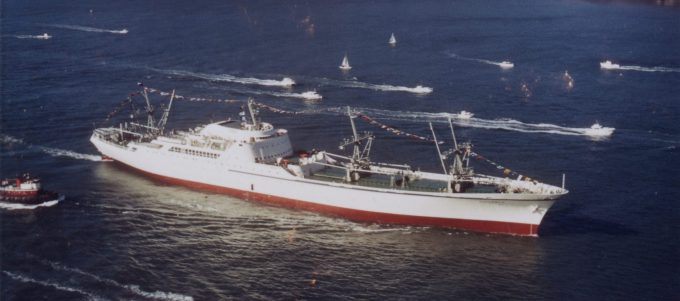Airlines rethink strategy as ecommerce to US begins decline
Shippers and forwarders are waiting to see how airlines manage their capacity before locking into ...

Nuclear reactor-powered merchant ships could severely disrupt the box liner industry, according to a study commissioned by ABS.
The US classification society said the industry “cannot afford to ignore” the findings of the Herbert Engineering Corp (HEC) study, which shows that a 14,000 teu box ship, powered by two lead-cooled 30MW reactors, would have more capacity (or less ship per teu), and better operational speeds than conventional designs.
The first such vessel to be built could be extremely disruptive to the liner ...
Volcanic disruption at Anchorage could hit transpacific airfreight operations
Macron calls for ‘suspension’ – CMA CGM's $20bn US investment in doubt
Forwarders stay cool as US 'liberation day' tariffs threaten 'global trade war'
Shippers snap up airfreight capacity to US ahead of tariff deadline
De minimis exemption on shipments from China to the US will end in May
Tighter EU import requirements proving 'a challenge' for forwarders
Looming Trump tariffs will create 'a bureaucratic monster' for Customs

Comment on this article